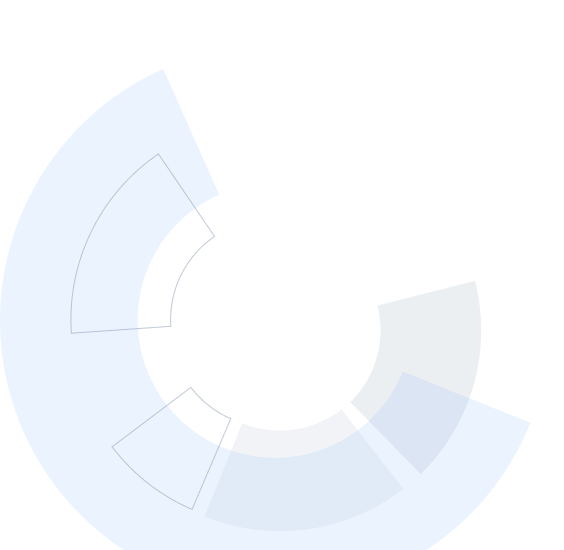This specialization is intended for professionals seeking to develop a skill set for interpreting statistical results. Through four courses and a capstone project, you will cover descriptive statistics, data visualization, measurement, regression modeling, probability and uncertainty which will prepare you to interpret and critically evaluate a quantitative analysis.
Applied Learning Project
Learners will develop expertise in calculating and interpreting statistical quantities, such as causal effects and measures of uncertainty. Learners will apply their knowledge to evaluating quantitative results and solving statistical problems. For the capstone project, learners will select and critically evaluate a piece of published, quantitative research.


















